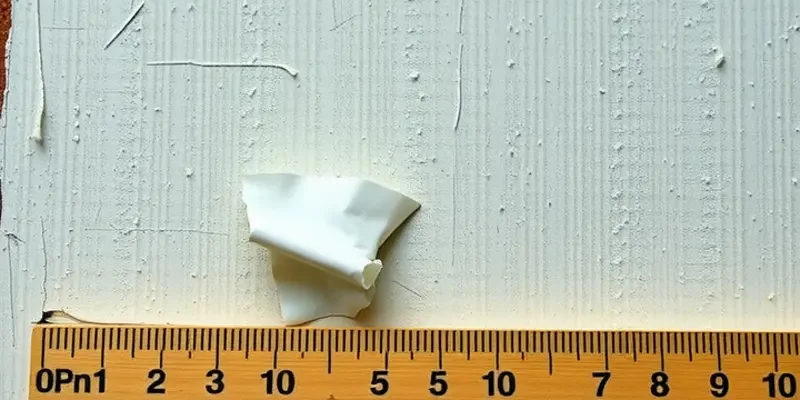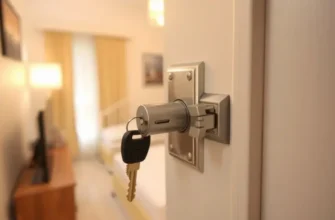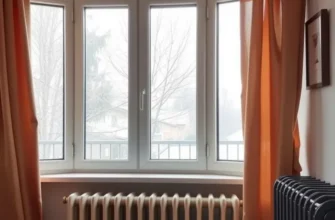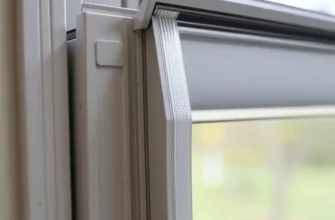Renters across the U.S. often find themselves balancing between comfort and safety in their apartments. One critical aspect of safety is lead paint, especially in homes built before 1978 when its use was banned due to health risks. Lead poisoning can have serious effects, particularly on young children and pregnant women. However, many renters may feel unsure about how to approach this issue, fearing complicated processes or costly repairs. This guide aims to empower you with straightforward, practical advice to identify and address lead paint concerns without overwhelming hassle. You’ll learn how to check for lead paint, the steps to take if it’s found, and how to effectively communicate with your landlord to ensure your living space remains safe and secure for you and your loved ones. Prioritize your well-being and peace of mind—it’s easy to take proactive steps that lead to a healthier home.
Understanding Lead Paint: Identifying Risks in Your Apartment
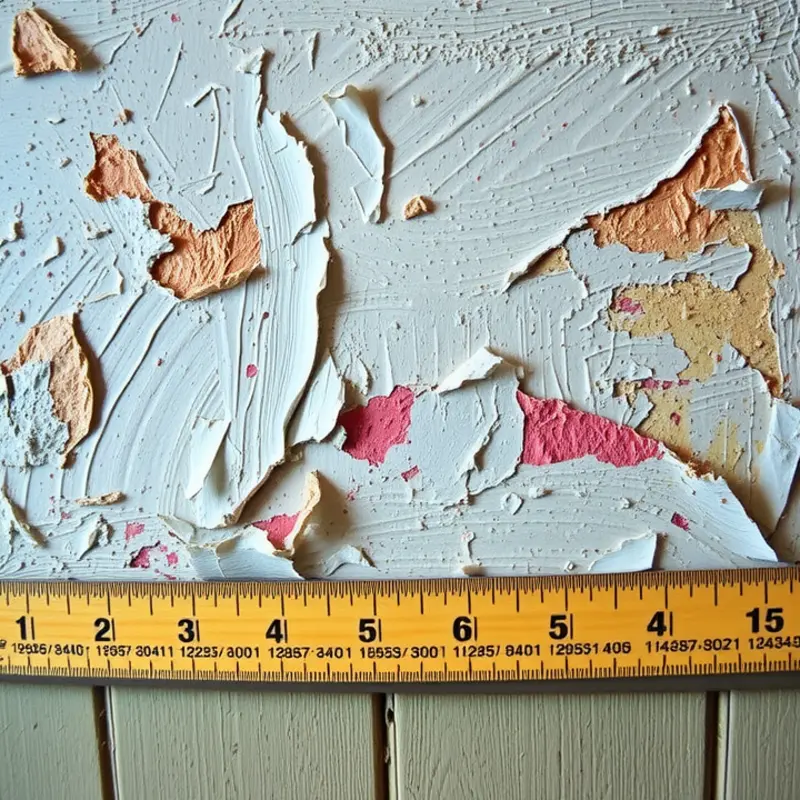
Living in an older apartment can have its charm, but it may also conceal hidden dangers such as lead paint. Lead paint was commonly used in homes built before 1978, and its presence can pose significant health risks, especially to children and pregnant women. Understanding and identifying these risks is crucial to ensuring your safety.
Lead paint becomes hazardous when it deteriorates, leading to peeling, chipping, or chalking. As these particles become airborne or settle on surfaces, they can easily be ingested or inhaled. Once inside the body, lead can disrupt multiple bodily systems, leading to severe health consequences such as developmental delays in children and kidney damage in adults.
To identify lead paint in your apartment, start by examining areas prone to friction, such as windows, doors, and stair railings. These spots often wear down faster, causing paint to chip and release lead dust. Peeling or bubbling paint on walls, ceilings, or exteriors is a red flag and should be promptly addressed.
Also, pay attention to areas with moisture problems. Damp environments increase the likelihood of paint degradation, releasing more lead particles into the air. Therefore, regular checks around sinks, tubs, and leaky windows can help spot these issues early.
Test kits are available for detecting lead on surfaces. These kits use swabs to apply a solution that changes color in the presence of lead. While convenient, they may not replace professional inspection but can provide initial guidance.
Avoid cleaning methods that could worsen the situation, such as dry scraping or sanding, which might release more toxic particles. Instead, opt for wet cleaning to minimize dust. For more comprehensive advice on maintaining a safe living space, check out our DIY pest-proofing guide, which complements lead-safe practices.
To safeguard your health, landlords are generally required by law to disclose any known presence of lead paint in rental properties. Ask your landlord for any documentation on past inspections or abatement efforts. Such initiatives may include encapsulating lead paint under a new coat of specially formulated paint or replacing affected surfaces entirely.
Understanding the signs and risks of lead paint means you can act promptly, ensuring you and your loved ones live in a safe environment. Knowledge is your first line of defense. Don’t ignore the signs—prioritize safety by addressing potential lead hazards as part of your overall home maintenance routine.
Taking Action: What to Do If You Discover Lead Paint

If you’re renting a home and suspect the presence of lead paint, acting promptly is essential. Identifying the steps to address this concern can help ensure your environment remains safe.
First, communicate directly with your landlord. It’s crucial to document your findings and express your concerns intelligently. You might say, “I discovered peeling paint in the living room and am concerned about potential lead exposure.” This sets a foundation for collaborative problem-solving.
Next, request a lead inspection from a certified professional. According to federal law, landlords in certain situations must disclose known lead-based paint hazards. However, they might not be aware of unknown issues. An inspection will provide clarity, pinpointing problem areas and assessing risks. This professional evaluation is vital as it guides remediation efforts.
Once the inspection is complete, remediation will likely follow. Lead abatement involves several potential methods, including encapsulation or complete removal. Encapsulation is a process where a special coating is applied to seal the lead paint. Full removal might be necessary if the paint is deteriorating or located in high-friction areas like windows and doors.
It’s advisable to temporarily vacate the premises during this time, especially if you have children or pregnant individuals at home, given their increased vulnerability to lead exposure.
Understanding your rights as a renter is paramount. In many jurisdictions, landlords are legally obligated to maintain safe living conditions, which constitutes addressing lead paint hazards. If your landlord is uncooperative or neglects to take action, you may have legal recourse to ensure compliance.
For those concerned about the financial aspects, know that tenants are typically not financially responsible for lead paint remediation. This expense usually falls to the property owner. However, if disagreements arise, solutions can include mutually agreed lease amendments specifying responsibilities.
For further guidance on handling rental law and documentation, consider reviewing resources like the guide on understanding lease terms. This can provide additional insights into protecting your interests during tenancy alterations.
Navigating lead paint issues as a renter doesn’t have to be daunting. By following these steps, you can effectively manage the situation, ensure your home remains a safe haven, and minimize stress. Collaboration with professionals and open landlord communication are your most significant assets in preventing a minor discovery from becoming a major inconvenience.
Final words
Ensuring your apartment is free from lead paint hazards is key to maintaining a safe and secure living environment. As a renter, taking proactive steps to identify and address potential lead paint issues not only protects your health but also enhances your comfort at home. By understanding how to detect lead paint and knowing your rights and responsibilities regarding communication with your landlord, you empower yourself to make informed decisions. Remember, prioritizing safety should never feel overwhelming, and support is available to help you navigate these concerns smoothly.

